The Five Least-Good Opening Day Starters in Atlanta Braves history

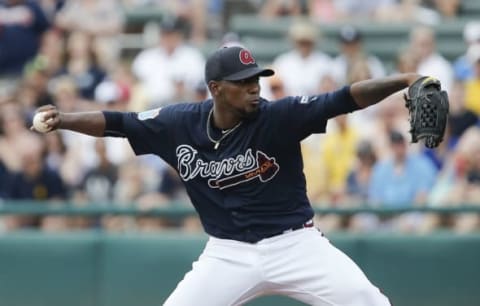
Not too sure about Julio Teheran starting on Opening Day? Let’s check the history books.
To say folks have cooled on Julio Teheran over the years isn’t a vast overstatement. He was Baseball America’s No. 5 overall prospect after both the 2010 and 2011 season and the Braves top prospect for 2010, 2011 and 2012. Baseball Prospectus even touted him as “the best pitching prospect in the game” in 2011.
Not that he’s not still good—two years removed from an All-Star season, three years removed from a top-five Rookie of the Year campaign, Teheran’s still the most-proven pitcher in Atlanta’s rotation, which is how he’s earned the Opening Day nod for the third year in a row. But as Roger Craig once said, “There are Opening Day Starters, and there are guys who start on Opening Day.” Teheran, at this point, falls into the latter category—pretty good, not quite excellent.
More from Tomahawk Take
- Atlanta Braves 2012 Prospect Review: Joey Terdoslavich
- Braves News: Braves sign Fuentes, Andruw’s HOF candidacy, more
- The Weakest Braves Homers Since 2015
- Atlanta Braves Sign Joshua Fuentes to Minor League Deal
- Braves News: New Year’s Eve comes with several questions about the 2023 Braves
But while it seems strange that Tom Glavine and John Smoltz were never able to do what JT (and Derek Lowe, shockingly enough) has done—earn the ball on Opening Day three years in a row—Teheran and Lowe both had less internal competition for the role. Glavine and Smoltz were competing against perhaps the best (or second-best) right-hander of the Steroid Era (I’ll let everyone decide for themselves where they fall on the Maddux vs. Pedro Martinez argument). No, aside from Alex Wood, Teheran hasn’t had much competition at all for the No. 1 slot the last three seasons (Shelby Miller didn’t appear until the third game of the 2015 campaign).
But JT is fine—if he’s Atlanta’s No. 3 or No. 4 a few years from now, they’ll be in good shape. He also won’t be getting Opening Day starts anymore and will hopefully be enjoying playoff runs and everything else when John Coppolella’s grand plan comes to fruition. He also also won’t fall into this list.
Here now, the five [negative adjective] Opening Day starting pitchers for the Atlanta Braves:
(Quick ground rules: These aren’t the guys who had the worst careers, or whom hindsight would’ve precluded from being anywhere near a roster. This is when the staff saw what was available, threw up its collective hands and said, “Screw it, somebody has to pitch.” Also, Atlanta-era only.)
Next: Derek Lowe (2011)

Derek Lowe (2011)
Derek Lowe came to Atlanta via free agency in 2009, and was… fine? He never managed to get his ERA below 4.00 in Atlanta, and by 2011 he’d been joined by Tim Hudson, Brandon Beachy and the late Tommy Hanson in Atlanta’s rotation out of camp—guys who were, to some degree, better pitchers by that point. You could do a lot worse than Derek Lowe, but he wasn’t anybody’s idea of an ace by 2011.
Yet there was Lowe, getting the last of his Opening Day starts in an Atlanta uniform. In fairness, A.) this was Fredi’s first season and B.) Lowe had put together a very good September the season before. That he won (against an elderly Livan Hernandez and a middle-of-the-road Nats team) this start was one of his final good moments in an Atlanta uniform; his ERA would hit 5.00 and he would lead the league in losses in his last season as a Brave.
Next: Rick Mahler (1988)
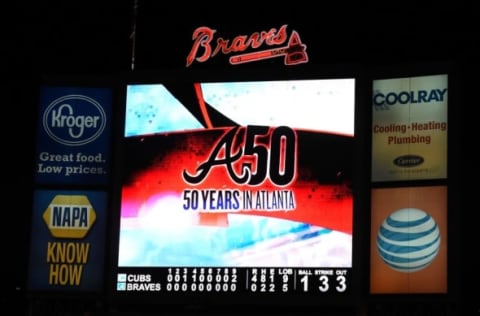
Rick Mahler (1988)
Rick Mahler was bright spot for a miserable stretch of baseball in Atlanta during the 1980s and actually started Opening Day on five

occasions—more than Glavine and Smoltz (four apiece) during their careers and second all-time to Maddux (seven) and
(eight) among Atlanta-era hurlers.
Doesn’t mean he should’ve been doing so by 1988. Mahler was coming off a two-year stretch (22-31, 4.93 ERA, FIP around 4.70) that was particularly brutal. Although it was Glavine’s first full season, this was an Atlanta team that would go on to lose 106 games, so there weren’t a ton of intriguing options. Mahler led the league in hits allowed in three of his final four seasons as a Brave, including this one—he was gone to Cincinnati the next season.
Next: Len Barker (1984)
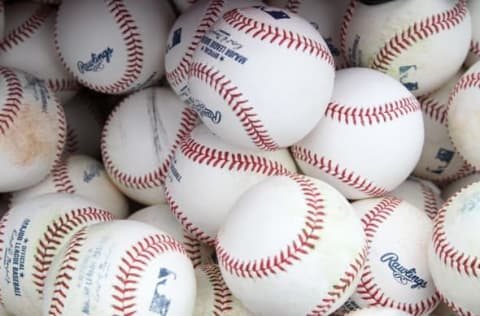
Len Barker (1984)
In 1983 Barker, two seasons removed from his lone All-Star campaign, had been en route to perfectly disastrous season with Cleveland (8-13, 5.11 ERA) when he was sent to Atlanta. He didn’t set the woods on fire with Atlanta (1-3, 3.82 ERA in six starts) down the stretch, and All-Star Pascual Perez already was as good a hurler as you could find.
But Barker had been acquired to replace Niekro as the ace, despite mounting evidence that maybe he wasn’t quite that guy. Complicating things, Perez was arrested for booger sugar possession in the Dominican Republic and missed the season’s first month. Mahler had been so terrible the season before that he’d spent most of the year in Richmond after getting his first Opening Day start in 1982, so they didn’t trust him. So it fell to Barker, who went 7-8 with a 3.85 ERA before getting hurt—he’d last one more season in Atlanta.
Next: Gary Gentry (1973)
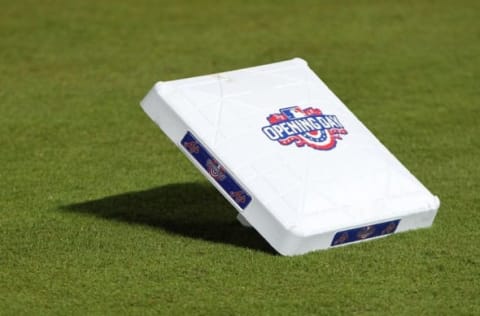
(1973)
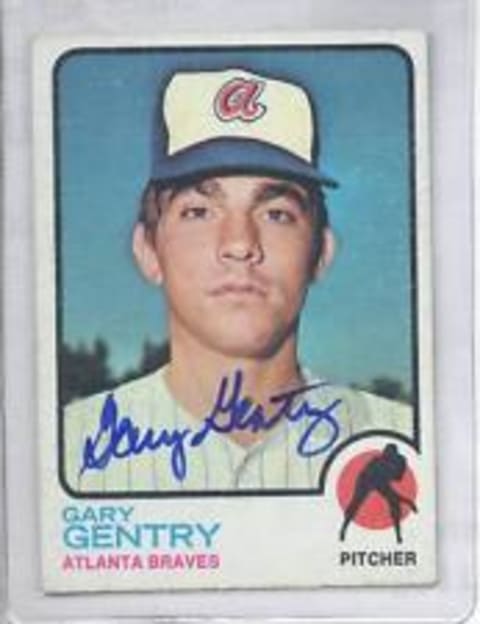
Gentry had been considered a big pick-up from the Mets after the 1972 season, having been a significant part of the ’69 Miracle Mets. But by that time in his career, he was already showing signs of slowing down, posting career-worst marks in strikeouts (120), innings (164.0) and ERA (4.01) in 1972.
On April 6 against Houston, he tossed seven innings, allowed one earned run and struck out five. A week later, he’d go the distance against San Diego. But by July, his elbow was barking and he made just 17 starts total as a Brave.
But that’s more tragic than bad. What’s worse here is that Carl Morton (another acquisition the previous offseason from Montreal, with numbers trending up) and Niekro (3.06 ERA and 16 wins the previous season) were also available. But Knucksie debuted that season in the ‘pen, so the ball fell to Gentry.
Next: Zane Smith (1989)
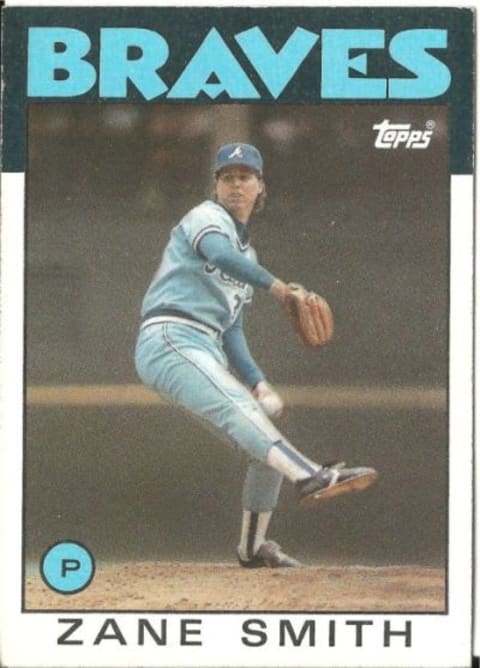
Zane Smith (1989)
The 80s were not the halcyon days for Atlanta, and the Braves trotted out a great many duds throughout the era. But perhaps there was no more uninspiring than Zane Smith.
This was confusing for lots of reasons—it was year three of Glavine (although he’d led the league in losses the season before, he’d pulled out of a spiral that had his ERA near 8.00 in late May to a more palatable 4.56 by season’s end and allowed more than four earned runs just once after Aug. 7) and the first full season of Smoltz (although nobody knew he’d become John Smoltz by this point). But the most confusing, probably, is that Zane Smith wasn’t very good at any point during his Braves career.
Next: Cuts are Deep and Painful
He’d never posted an ERA below 4.00 in three seasons as a full-time starter, and he didn’t bother to rectify that during 17 starts as a Brave in 1989—1-12, 4.45 ERA and an August trade to Montreal were his ‘highlights’ that season; he’d later carve out a nice niche for himself with the Bonds-era Pittsburgh Pirates, including an epic duel against Glavine in the 1991 NLCS. And, I suppose, a spot atop this list.